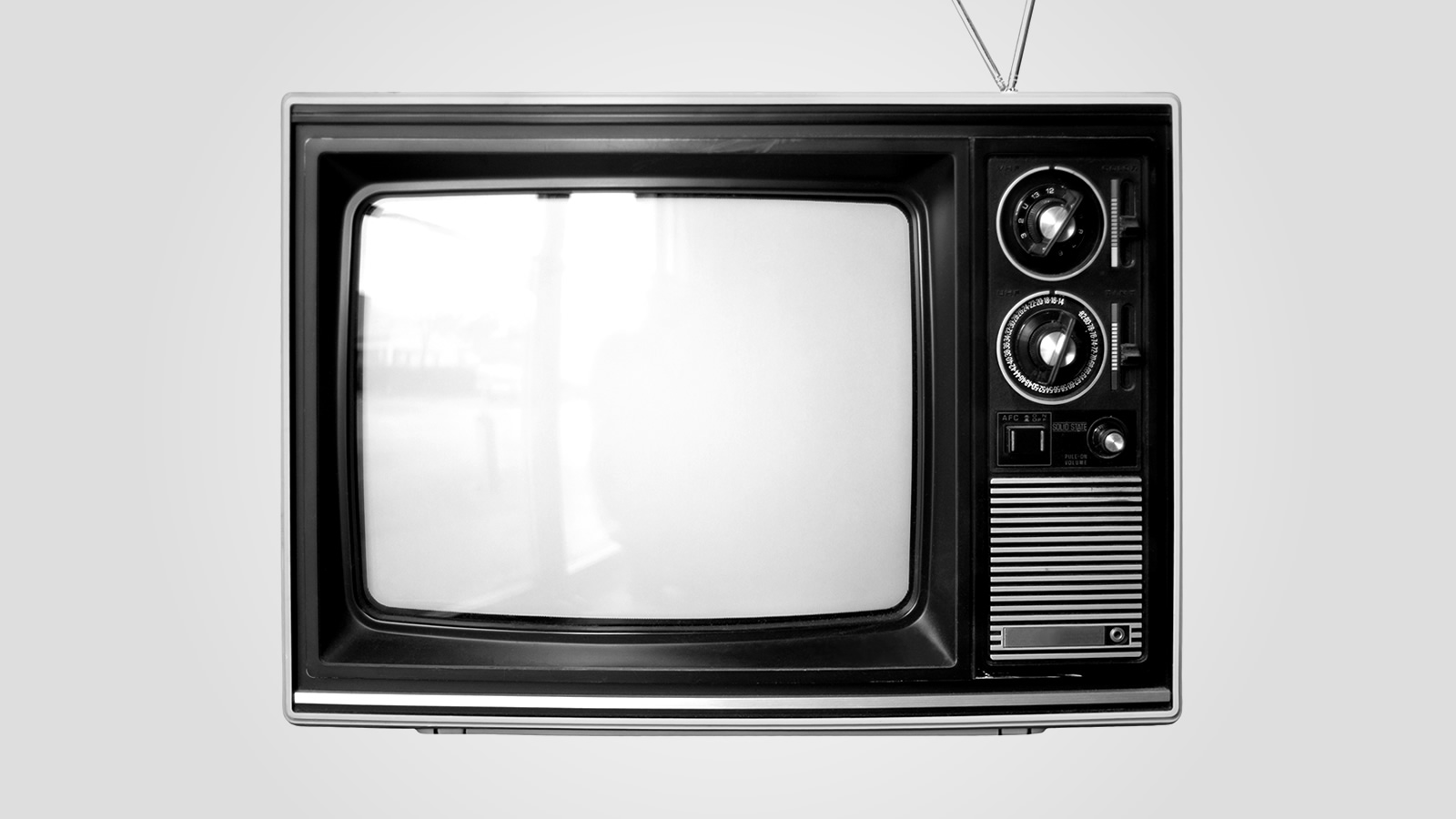Ever since the 1950s, the American movie industry has faced an existential question: how to distinguish itself from television. Gone are the days when the local movie palace—torn-down theatres with costume-jewelry names like Regal, Rialto, Ritz and Majestic—held a monopoly on cheap thrills, public voyeurism and smoking seduction. (Imagine having to stand in line for a fleeting, flickering glimpse of Lynn Bari’s long, well-lit legs.)
Now you can watch I Love Lucy reruns, or episodes of Laguna Beach, or a Lynn Bari movie marathon until your eyes burn, until your retina complains about the constant stimulation. Such is the dubious bounty of American cable television. Each new release at the cineplex must thus prove it is worth a 15-minute drive and $600 of your time and money.
The Ugly Truth, which casts Katherine Heigl in a well-worn sitcom mold of cloistered, buttoned-up executives—see TV title characters Julia Baker, Murphy Brown, Ally McBeal et alia—fails that litmus test.
Every aspect of the film—the loathe-at-first-sight plot; the workplace/apartment sets; the overuse of the close-up; the flappable boss, homely best friend and sniping supporting characters; even the title—plays like a Very Special Episode of a weekly light entertainment vehicle. It doesn’t help that Katherine Heigl currently stars in a weekly light entertainment vehicle on ABC called Grey’s Anatomy, or that her character in The Ugly Truth, along with that of her costar, Gerard Butler, works—where else?—in television.
Even when a film justifies its inconvenience (such as last week’s enjoyable Harry Potter), it doesn’t really matter. The differences between any two American mediums—e.g., film and television—are superficial. With rare exception, they all propagate a consistent and specific set of lies about life in general, and American life in particular—lies designed to pacify and attract the largest possible (read: Anglo-Saxon) audience.
The Ugly Truth exists in the same fictional universe—the kind of fantasyland where people of colour are banished to the outer fringes of the screen (Ooh! There’s a black guy holding the car door for Katherine Heigl!) and eleven months is a long time to have not had sex.
A cursory moment of introspection will confirm that most of the black people you know—your family, your friends, your family friends, and your friends’ families—do not exist only in your peripheral vision. And most of them are too old, too young, too scared, too scarred, too single or too married to have slept with someone last week.
Life in Jamaica, therefore, is nothing like The Ugly Truth, in which buxom blondes and square-jawed musclemen joyride in luxury convertibles. That’s obvious, but not obviously harmful.
The damage is in the dose. One cigarette makes your lungs laugh, but a pack a day will kill you (as 1950s audiences found out the hard way). As with nicotine, so it is with celluloid. The Ugly Truth, by itself, is a harmless diversion. But relentless depictions of health, wealth and happiness that marginalize people who look like us, depictions blasted from a thousand screens—in our homes, our offices, our banks and bars, at the movies—well, you get the pictures.
The last time our cinnamon nation was so blanketed with psychologically damaging imagery, we had a better name for it—slavery. There’s no surgeon-general for the cinema, so this warning will have to suffice: REPEATED EXPOSURE TO HOLLYWOOD MAY BE HAZARDOUS TO YOUR HEALTH. And that’s the ugly truth.
- The Ugly Truth
- Directed by Robert Luketic
- With Katherine Heigl and Gerard Butler
- 96 min
- Romantic comedy
